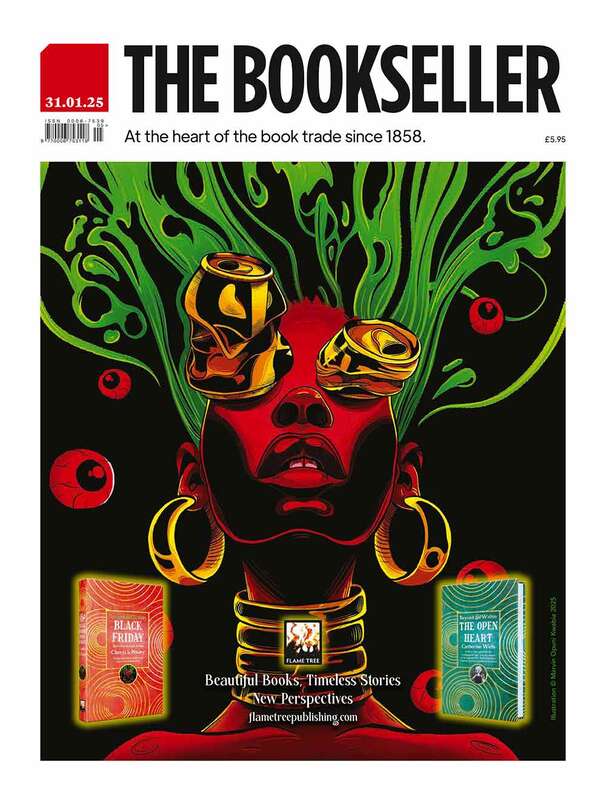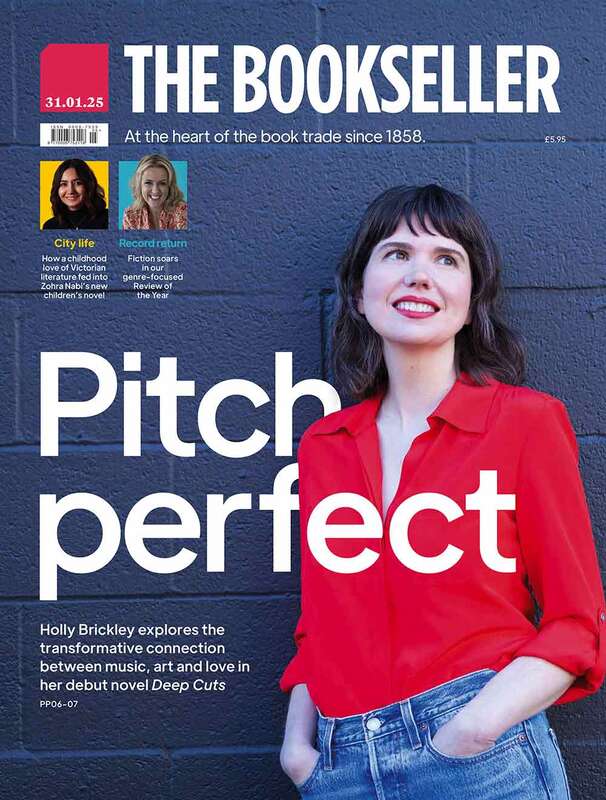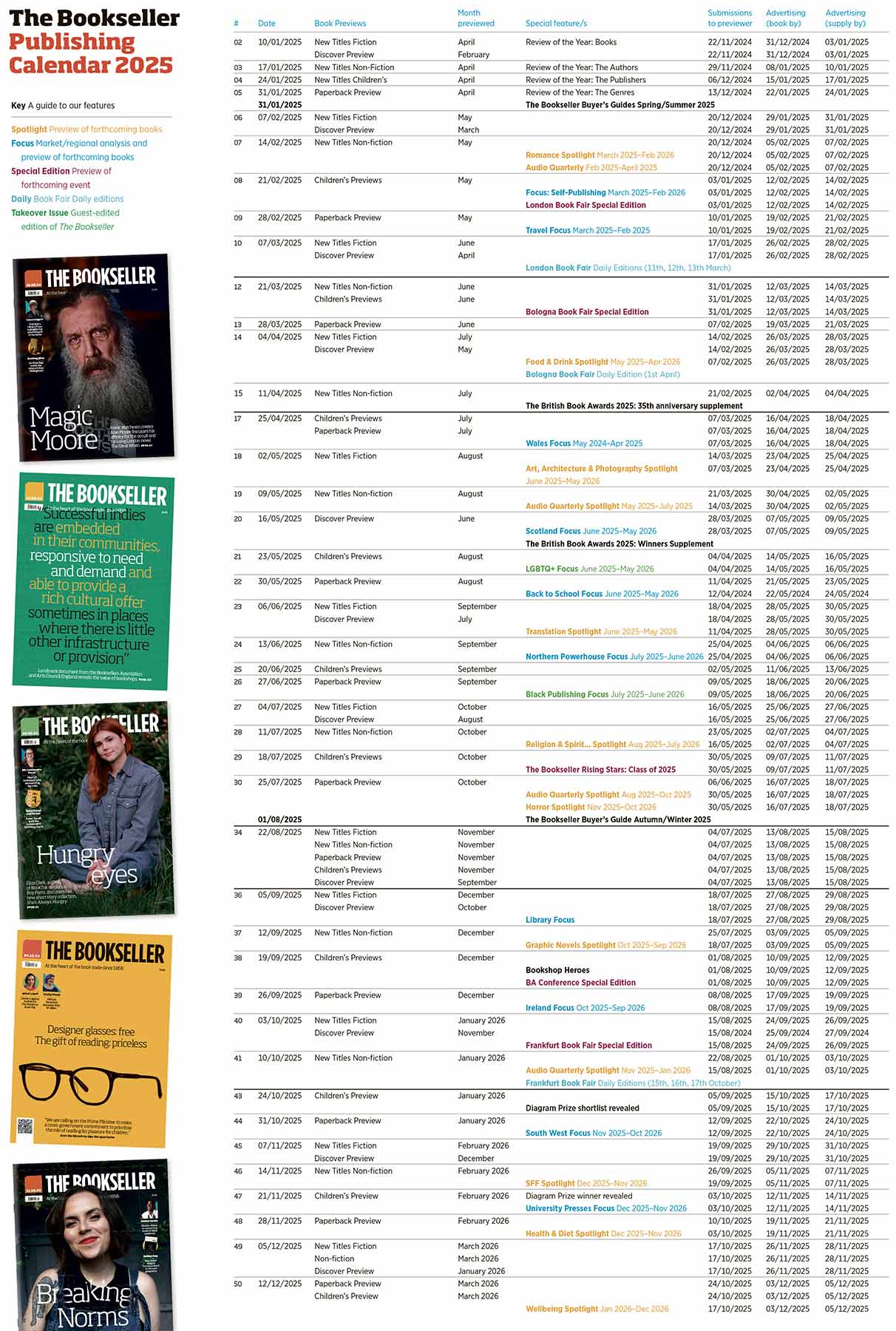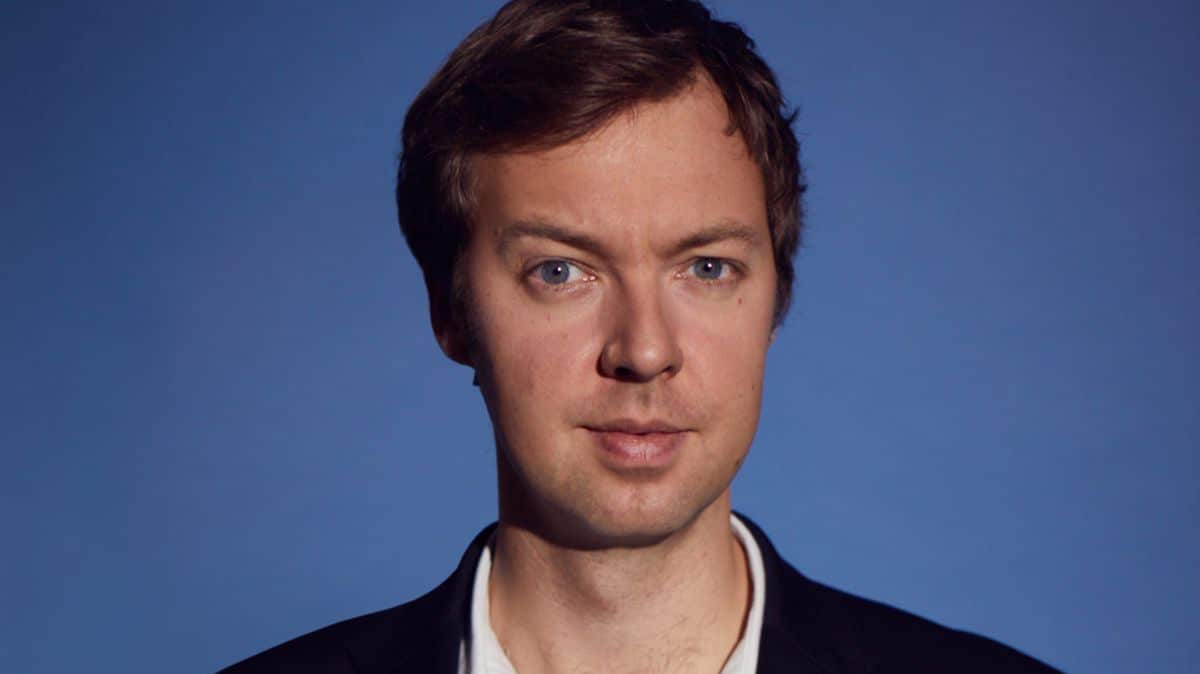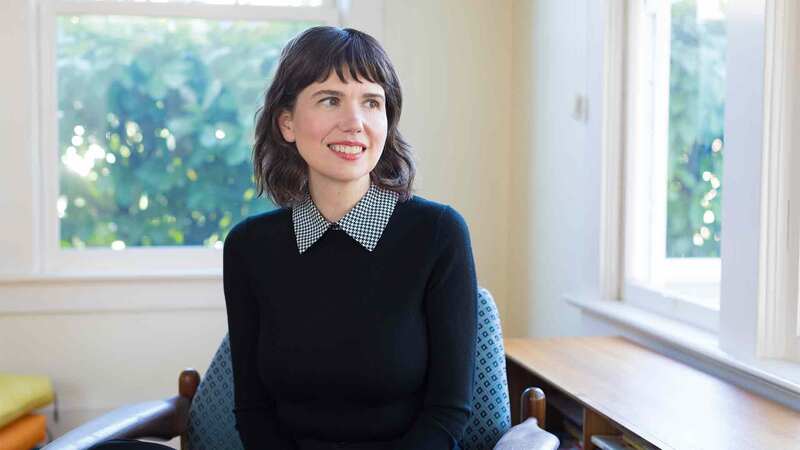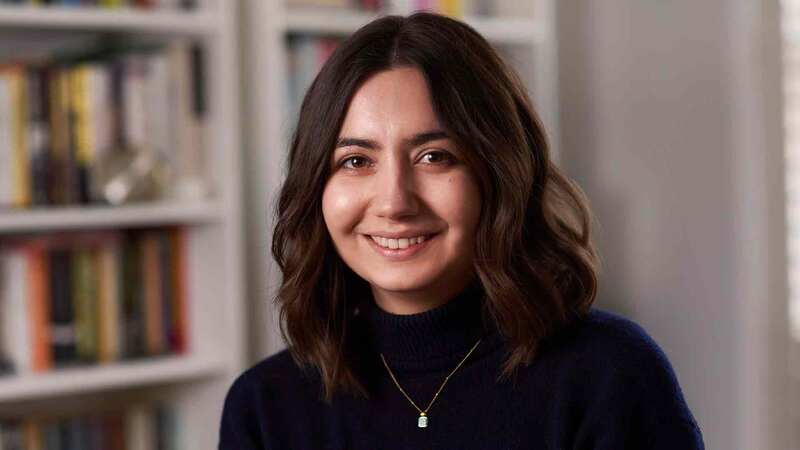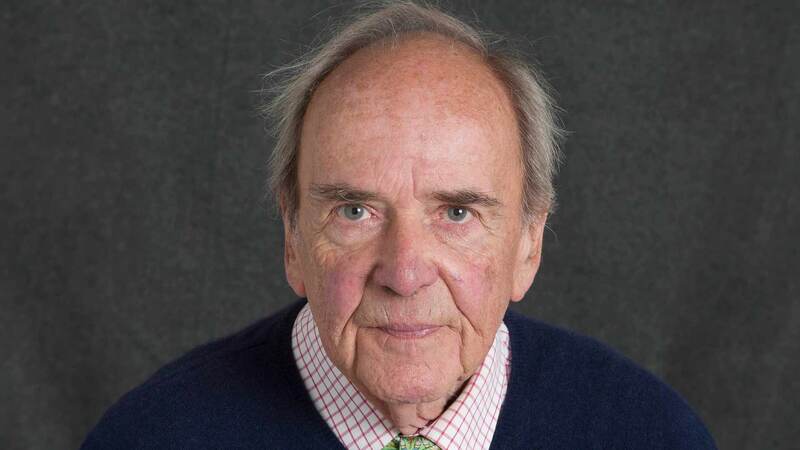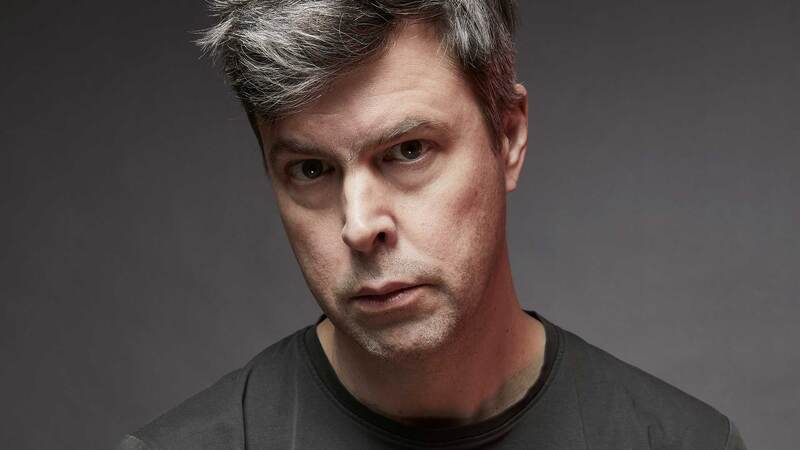You are viewing your 1 free article this month. Login to read more articles.
Andrew Hunter Murray | 'I wanted the story to be the uncovering of a secret about this world'
Comic, broadvcaster and ’QI’ researcher Andrew Hunter Murray’s tale of a dystopian Earth frozen in orbit could be set to go stratospheric in paperback
Andrew Hunter Murray was out walking when an image occurred to him: a still Earth, half in light, half in darkness, no longer rotating.
A “fact hunter” and scriptwriter for “QI”, for which he co-hosts the hugely popular “No Such Thing as a Fish” podcast, Murray is also a stand-up comedian, appearing in the West End in an improvised comedy play in the style of Jane Austen, “Austentatious”. He had dabbled in writing short stories, but despite his successful comedy career, he thought of himself as a “novelist who just happened not to have written a novel yet”.
“In my late twenties, I realised I had to actually do something about it,” says Murray, now 33, speaking on a Zoom call. “I had been wanting to write something about a divided world, and then I guess my mind came up with the most clunkingly obvious metaphor for one. It was just that single image that occurred to me walking along the street, the Earth, with its rotation stopped, just hanging in Space, half in light, half in darkness. And from that point on, I wanted to know what happened on that world.”
He researched and researched, getting a friend who was doing a PhD in astrophysics at Oxford to ask her colleagues how it might, theoretically, be possible for the world to stop turning. He considered “what happened to the politics, to the geography, the climate, the atmosphere, human behaviour”.
For the next six months, he wrote as much as he could about what would happen, fitting in the writing around his work, turning to the page in the mornings and evenings. “I didn’t have a plot, I didn’t have characters, I didn’t have anything. I just had the end of the jumper, if you like, and I wanted to keep pulling the jumper [thread] and find out what would happen,” he says. “I wanted it to be a novel... but I think I didn’t really appreciate that you need to have plot and characters and stuff.”
When that plot arrived, it was a corker. A high-concept thriller, The Last Day opens in 2059, when the world has been stopped for 30 years. Ellen Hopper is a scientist on a rig in the North Atlantic—Britain falls into the small twilight zone of the world where life can survive—when she receives a letter from her dying university mentor, informing her that he has a secret on which the world depends. Withdrawn from the disaster the world has become, Hopper is reluctantly pulled into a desperate search for the truth.
“I have a globe, a little papier-mache globe my parents gave me when I was seven, and I spent hours just thinking, ‘Where exactly do I want to stop the Earth?’ It’s set in Britain and I was like, ‘If we do it here, then Britain’s really hot and then if I do it here, it’s just about survivable.’ That was fun,” he says.
“I knew I wanted the story to be the uncovering of a secret about this world, and I knew that Hopper was going to be re-engaging with the world because at the start of the novel, she’s quite remote and quite a cold character. You find out why she’s disengaged over the course of the novel—you find it links back to her past as well as the past of this world. It was a really fun challenge, kind of braiding those three things together.”
A turn of events
Murray didn’t want to write about a post-apocalyptic world, although he loves Cormac McCarthy’s The Road: his model here is more the John Wyndham of The Kraken Wakes: an Earth on the edge of falling apart, a system just on the edge of change. “They’re on the brink. And Windham was great at writing that,” he says. “Sci-fi, but tethered to the real world, has always appealed to me.”
Murray already had a literary agent, Peter Straus at Rogers, Coleridge & White, who had signed him after seeing his short stories. Straus submitted the novel to publishers on a Monday. Murray’s friends reminded him it could take a good few months to hear back. By Tuesday, Hutchinson had pre-empted. “I couldn’t believe it. It could not have been any more thrilling,” he says. “I was at my day job, and I had to go back and be cool and pretend that nothing amazing had happened.”
Hutchinson’s Selina Walker says that “from the outset, I was blown away by Andrew’s vision for the book: what it would mean if the world actually stopped spinning and half was subject to burning heat; the other endless night. How would we adapt and even survive?”
Published in February, the novel hit the bestseller charts, and has sold 8,200 copies through the UK TCM to date. It’s that perfect blend of easily outlinable high-concept, and pulse-racing thriller, and Hutchinson is planning “significant” advertising investment for the paperback. “The setting of a world ravaged by catastrophe, and split down the middle politically, has become more relevant than ever,” points out Hutchinson publicity director Najma Finlay.
“It’s not a Brexit parable,” insists Murray. “I wanted it to reflect all the contemporary concerns we have over what happens in the next 50 years. We know that the climate is changing, we know that the world is going to change so much in the next century. And I wanted to reflect that.”
Margaret Atwood insists that everything in The Handmaid’s Tale has already happened, somewhere. “Everything in The Last Day will happen in the next century, apart from the planet’s rotation stopping—that’s what I reckon,” says Murray. “Look at Priti Patel’s potential erection of floating barriers in the English Channel to deter migrants. It’s something I wrote in dystopian fiction, which was published 10 months ago, and it’s now on its way to being policy.”
The author is speaking from an otherwise empty cottage, where he’s trying to put the finishing touches to his second novel. Another slice of speculative fiction, set at the end of the world, it asks: if there was a remote, perfect island you could go to and you didn’t have to worry about any of the modern world and its cares, would you go there? And would you stay there, no matter what you found out about it?
Murray is a little surprised that he seems to have found his voice in speculative fiction. Given that he’s a comedy writer by day, and that he “grew up on Terry Pratchett and Douglas Adams and P G Wodehouse”, he assumed that is what he would be writing. But “once I had the idea, I couldn’t resist it”. And it’s not like he’s letting the comedy slide, in any event. He landed his role as scriptwriter and fact-hunter at “QI” after completing his degree in English Literature at Oxford, and has no plans to give up his day job, which feeds into his novel-writing, too. The Last Day opens as Hopper and her crew think they are going to have to lasso an iceberg and tow it out of the path of the rig. “There are real iceberg-lassoers out there. As part of my research for the show, I phoned one of them up and had a chat with him about this years ago,” he says. “When I thought of the idea for the novel, I suddenly remembered the iceberg cowboys. It’s all useful, because you’re finding out about these weird areas of human life.”
He and the “QI" team are currently researching the S series of the show, “so I’m reading about séances and skinks and Senegal. If you pick one subject, you can really sort of go down the rabbit hole,” he says. “I’ve been completely spoiled for real work now, and I’m just aware that somewhere, there’s a proper job with my name on it. But I’m going to try and stave it off as long as I can."
Book extract
The last night had lasted six months in Britain: half an old year of madness, and mayhem, and near-starvation in the dark. And then, agonisingly slowly, the sun had crawled back into the sky as the planet cruised to a stop, the boundaries of day and night locked for ever.
The dawning of the last day, they’d called it. The year was 2029.
Now, thirty years on, here the planet hung in space, making one lazy revolution for each orbit around the sun. Thanks to the tilt of its axis, there was a slight variation in its exact position, so a slender ring of borderlands varied between total darkness and a fractional glimpse of the light.
Even so, for the vast majority of the world, the situation was fixed. Enjoying the constant light of the sun: Europe, half of Russia, much of Africa, the Middle East, the eastern edge of North America and the top of South America. The centre of that zone: meltingly hot, full of ash and the remains of cities. On the very edge, in the cool area bisecting the Indian subcontinent, Eurasia and the Americas: sunlight so weak no human life could survive. Between the two, a slim band where one could still raise a crop, still pretend one lived in a country.
And on the other side: darkness.

